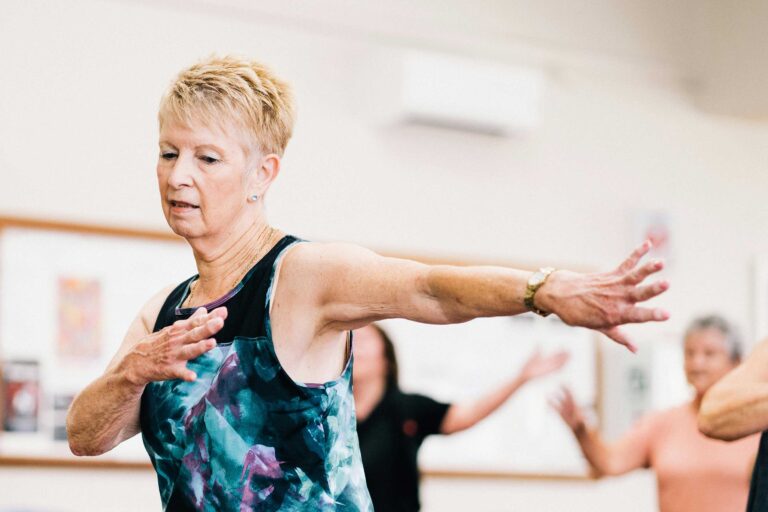Connection with one’s culture and community, as well as a sense of belonging and inclusion, is vital for well-being and mental health. Individuals who have strong connections to their communities have better mental health outcomes – including lower rates of suicide, violence, and feelings of isolation. They may also have more pride in themselves and where they live, in addition to stronger feelings of purpose.
As an individual who is Black, Indigenous, or a person of color (BIPOC), you may feel othered or tokenized in spaces where your identity is not embraced or fully reflected. BIPOC individuals who are subjected to emotionally toxic environments, where they may be harmed by discriminatory practices, or have faced discriminatory practices, may have increases in rates of suicide, depression, stress, crime, and feelings of isolation, in addition to, less access to green spaces, increased likelihood of environmental toxins, less financial ability, poor overall health outcomes, and changes to brain chemistry that mimic exposure to severe trauma. Community safety includes psychological safety, which consists of inclusion and safety to learn, contribute, and challenge the status quo.
When considering action-oriented ways to advocate for one’s community, it is critical to focus on overall mental health and a sense of belonging for those being served. Individuals should have the ability to share their thoughts, challenge norms, and be their authentic selves.
- Increased access to basic resources, such as health programs, efficient and accessible community infrastructure, WiFi, and healthy food.
- Culturally responsive social services and providers.
- Sufficient educational opportunities at all levels.
- A decrease in community policing and government surveillance, which can lead to less police violence, stronger feelings of safety, and rebuilding of trust amongst community members.
These goals must include community leadership and ensure systems are in place to sustain the challenges that may come with advocacy.
While there must be understanding and acceptance of the historical trauma that has led to disenfranchisement, advocates should remember the historical resilience that has ensured continued survival and success. When working to create a better environment to improve BIPOC mental health and wellness, focus on the strengths of the community, in addition to the disparities. When the narrative is only centered on disparities, there may be erasure of the true experiences of individuals, further perpetuating stereotypes, discrimination, and loss of power or resources. To avoid removing BIPOC community strengths, use historical and current examples within your community that represent culturally responsive spaces, such as community-led health or education centers, cultural hubs, and creative services. Highlight protective factors of BIPOC communities, such as strong familial bonds, community pride, and the use of community care practices.
Authentic social change requires community-led action alongside support and action from allies. BIPOC individuals are the experts within their communities, so make sure allies know that they must prioritize BIPOC voices in decision-making. This includes making space providing access for community leaders and members on larger platforms, offering continuous opportunities for community feedback, and funding and uplifting the work that has been and continues to be done in BIPOC communities by grassroots activists and representative service providers. There is power in numbers, and there is always a need for solidarity from allies who are willing to uplift and give space to those within the communities they support. When allies show support and solidarity in public and action-oriented ways, they can use their privilege to promote wellness, increase social power, and improve cross-cultural unity.

